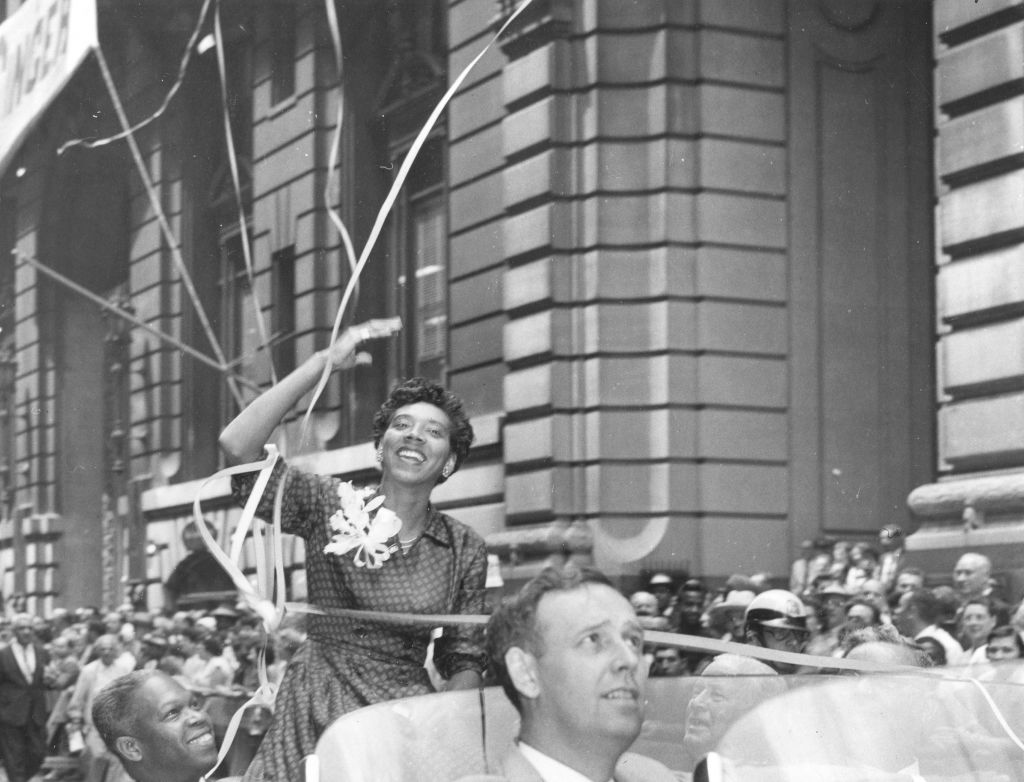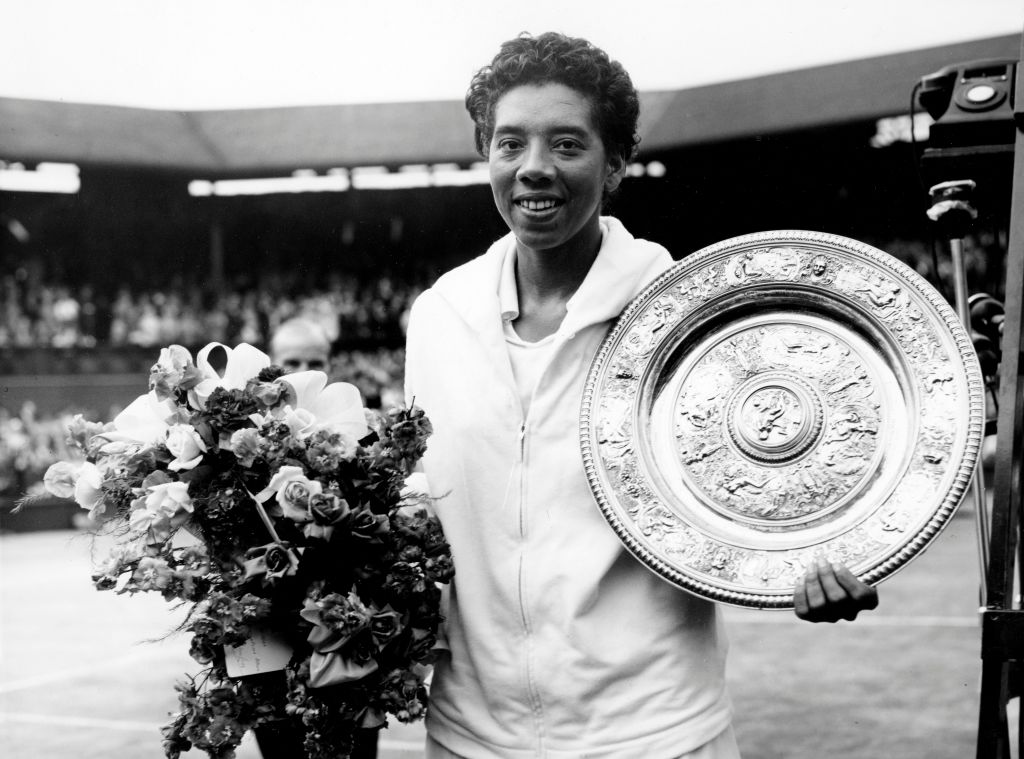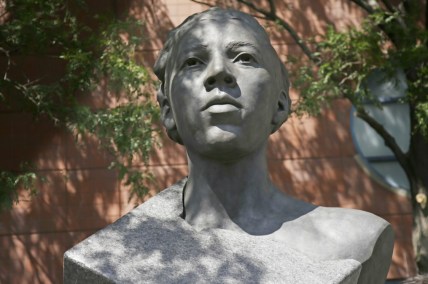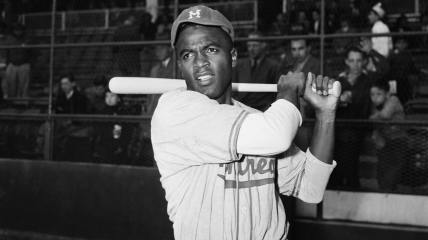65 years ago, Althea Gibson blazed a trail for everybody Black
OPINION: The tennis legend, who endured years of racism on and off the court, became the first Black player to win a title at Wimbledon on July 6, 1957.

Editor’s note: The following article is an op-ed, and the views expressed are the author’s own. Read more opinions on theGrio.
Our history on these shores is filled with a long list of Black women who made gigantic strides for the rest of us. They hail from every arena, in public and private life, including sports.
Althea Gibson is one of those pioneers, a woman whose name might sound familiar to many. But some might think she ran track. (No, it was tennis.) Others might struggle to place her era. (No, it wasn’t around Jesse Owens’ time.) Refresher courses on Black history are always welcome, especially now, as white supremacists seek to erase our history.
Gibson ranks among the greatest all-time champions based on her 11 Grand Slam titles, but also considering where she started and the racism she faced. Out of all the sharecroppers’ daughters born in South Carolina in the 1920s, she had what it took to become a trailblazing tennis player around the world.
We cannot overemphasize how much of a badass she was—she had to be—in order to win Wimbledon 65 years ago.
A few generations later, Venus and Serena Williams have made the All-England Lawn Tennis & Croquet Club a personal playpen. But on July 6, 1957, Gibson became the first Black player to win a title there (she would defend her title the following year). One year before that triumph in London, she won the French Open, becoming the first Black player with a Grand Slam title. She won the U.S. Open in 1956, too, another first for our peeps.
“For me, she was the most important pioneer for tennis,” Serena Williams told the WTA. “She was Black, she looked like me and she opened up so many doors.”
Knocking wasn’t the way Gibson opened doors, though the renowned street fighter might knock you out like her father taught her. After migrating from the cotton farm to Harlem at 3 years old, Gibson was as hard and tough as the roughest New Yorker, a perfect shell for invading the lily-white tennis world. Homegirl wasn’t about that country club life and it took a minute.
“I really wasn’t the tennis type,” she wrote in her autobiography, I Always Wanted to Be Somebody. “I kept wanting to fight the other player every time I started to lose a match.”
Gibson has received less than her due, but few athletes’ stories are more inspirational. She resisted the urge to lay hands on people—enduring shouts of “beat the nigger”—in 1950 as the first Black player in the U.S. national championships (the modern-day U.S. Open). She later was the first Black player to be ranked No. 1.

Some might ask why it matters to honor Gibson on the 65 anniversary of her Wimbledon victory, or why it’s important to keep her legacy alive through film and stage projects.
For one, her accomplishments provide perspective. We’ve caught varying versions of hell here for 400-plus years. Knowing Gibson’s journey helps us to put the Williams sisters’ conquests in context. Secondly, we STAY thirsty for encouragement. We need constant motivation to keep pressing, whether on stage like Gibson or behind the scenes like the Black professionals who nurtured the high school dropout (encouraging her to return and graduate while working on tennis).

Conscientious white folks need to remember, too, because outcries from all-Black choruses sound louder when our lighter allies join in.
Gibson might’ve been prohibited from the 1950 nationals without an entreaty from four-time champ Alice Marble in “American Lawn Tennis” magazine. “If Althea Gibson represents a challenge to the present crop of players, then it’s only fair that they meet this challenge on the courts,” Marble wrote.
New York has done its part to preserve her memory. The city went all-out when Gibson returned from England after receiving her trophy from Queen Elizabeth II and dancing with Prince Phillip at the Wimbledon Ball in July 1957. She received a ticker-tape reception, a parade with 100,000 spectators and a reception hosted by Mayor Robert Wagner at the Waldorf Astoria. In 2019, the U.S. Open unveiled a statue of Gibson at the National Tennis Center in Queens, N.Y.
“This is not just a player who won a ton of titles — this is someone who transcended our sport and opened a pathway for people of color,” Katrina Adams, the United States Tennis Association’s first Black president, told The New York Times. “If there was no Althea, there’d be no me, because tennis would not have been so open to me. Everything she had to do was three times harder than it was for the normal person.”
So raise one to Gibson on Saturday during the women’s final at Wimbledon. Reflect on the historic victory and picture all it entailed 65 years ago.
Cheers to her.

Deron Snyder, from Brooklyn, is an award-winning columnist who lives near D.C. and pledged Alpha at HU-You Know! He’s reaching high, lying low, moving on, pushing off, keeping up, and throwing down. Got it? Get more at blackdoorventures.com/deron
TheGrio is FREE on your TV via Apple TV, Amazon Fire, Roku, and Android TV. Please download theGrio mobile apps today!


